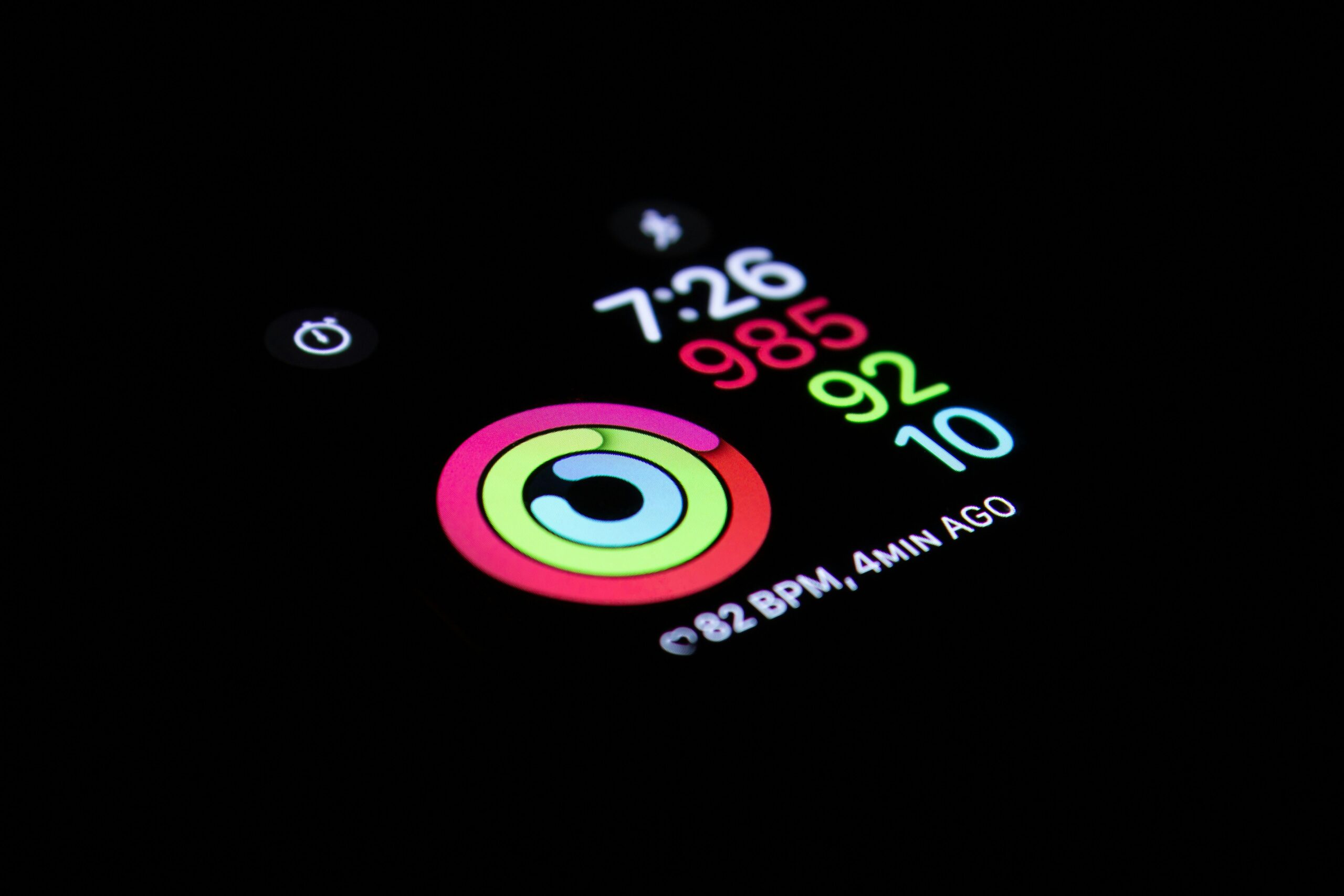Introduction
Heart rate zones are an essential tool for anyone looking to optimize their workouts, whether you’re a seasoned athlete or just starting on your fitness journey. By understanding and monitoring your heart rate zones, you can tailor your exercise intensity to meet specific fitness goals. Let’s dive into what heart rate zones are, how to calculate them, and how you can use apps to track them effectively.
What Are Heart Rate Zones?
Heart rate zones are ranges that represent the intensity of your exercise based on your heart rate. They are typically divided into five zones, each corresponding to different levels of exertion and benefits:
- Zone 1 (50-60% of Maximum Heart Rate): Very light activity, great for warm-ups and cool-downs.
- Zone 2 (60-70% of Maximum Heart Rate): Light activity, ideal for fat burning and building endurance.
- Zone 3 (70-80% of Maximum Heart Rate): Moderate activity, improves cardiovascular fitness and muscle strength.
- Zone 4 (80-90% of Maximum Heart Rate): Hard activity, increases maximum performance and speed.
- Zone 5 (90-100% of Maximum Heart Rate): Maximum effort, used for high-intensity training and improving maximum capacity.
Calculating Your Maximum Heart Rate
To find your maximum heart rate (MHR), you can use the simple formula:
![]()
For example, if you’re 30 years old, your maximum heart rate would be:
![]()
Using your MHR, you can then calculate the target heart rate for each zone. For instance, Zone 2 for a 30-year-old would be:
![]()
![]()
So, Zone 2 would range from 114 to 133 bpm.
Heart Rate Zone Calculator
You can also use our Advanced Heart Rate Zones calculator.
Methodics and Benefits
Why Use Heart Rate Zones?
- Personalized Training: Tailor workouts to your fitness level and goals.
- Efficiency: Maximize benefits by training at the right intensity.
- Motivation: Monitor progress and stay motivated.
- Safety: Avoid overtraining and reduce the risk of injury.
Fitness Apps for Monitoring Heart Rate Zones
Apple Fitness+
Apple’s Fitness+ app integrates seamlessly with the Apple Watch to track your heart rate in real-time. The app uses this data to display your heart rate zones during workouts, helping you stay in the optimal zone for your goals. You can customize notifications to alert you when you move between zones, ensuring you’re always training at the right intensity.
Android Alternatives
While Android doesn't have a direct equivalent to Apple Fitness+, there are plenty of excellent fitness apps available:
- Google Fit: Pairs with Wear OS smartwatches to track heart rate and zones.
- Samsung Health: Compatible with Samsung wearables, offering detailed heart rate monitoring and zone tracking.
- Strava: A popular app among athletes, it supports heart rate monitoring and provides detailed insights into your performance.
Summary
Heart rate zones are a valuable tool for optimizing your workouts. By calculating your maximum heart rate and understanding the different zones, you can tailor your exercise routine to meet your fitness goals more effectively. With the help of fitness apps like Apple Fitness+ and various Android alternatives, you can monitor your heart rate in real-time and ensure you’re always training at the right intensity.

